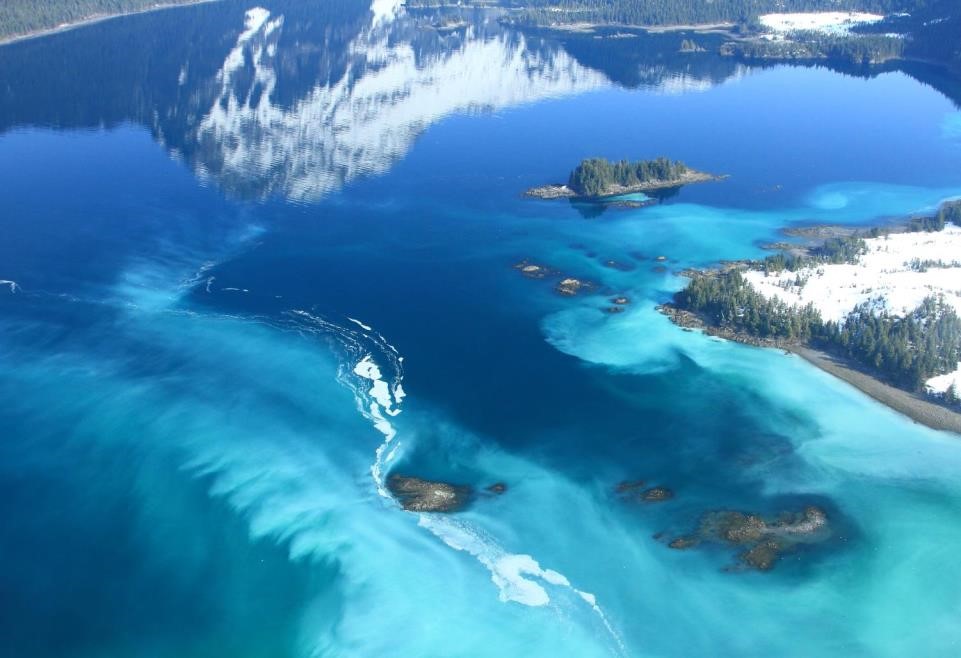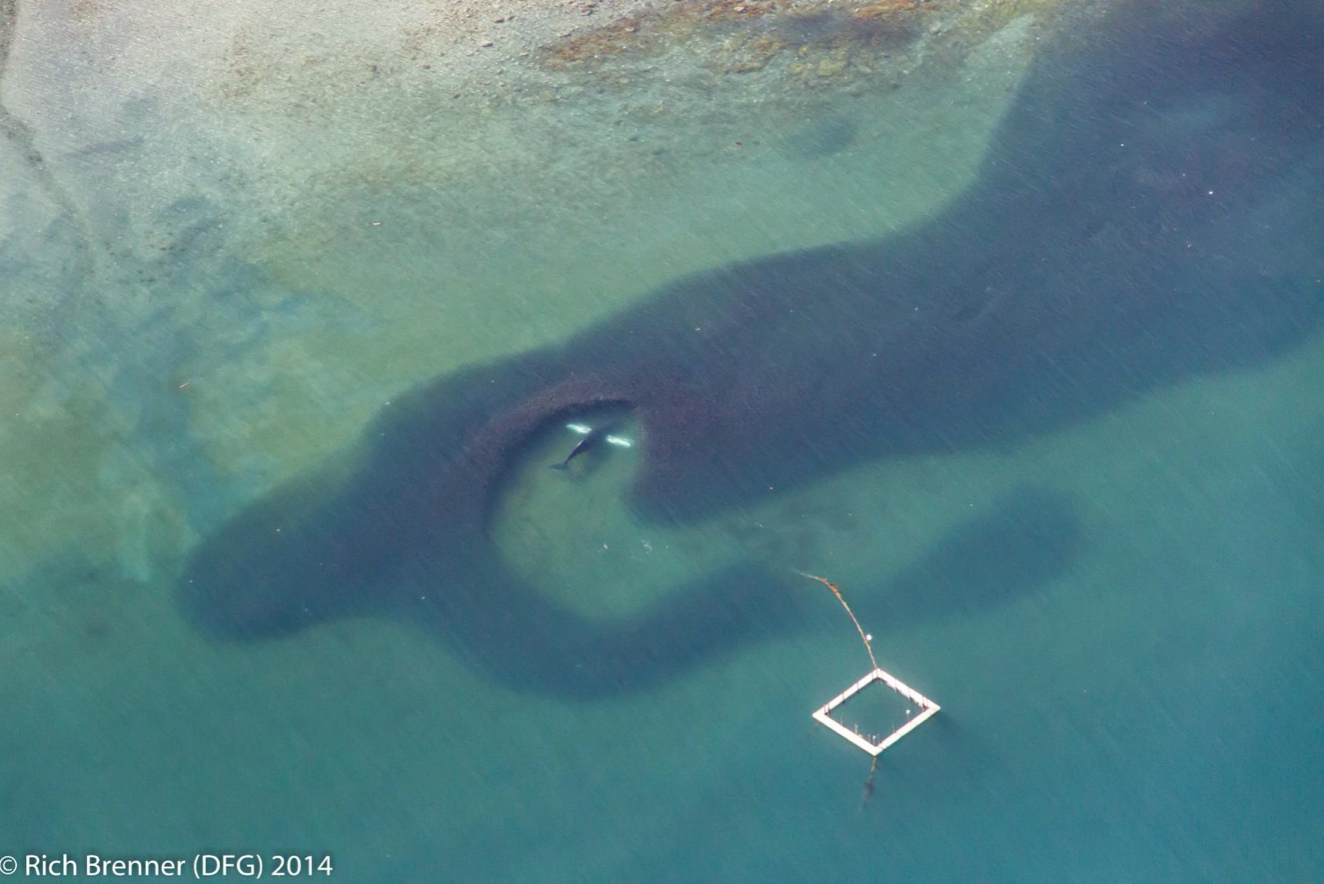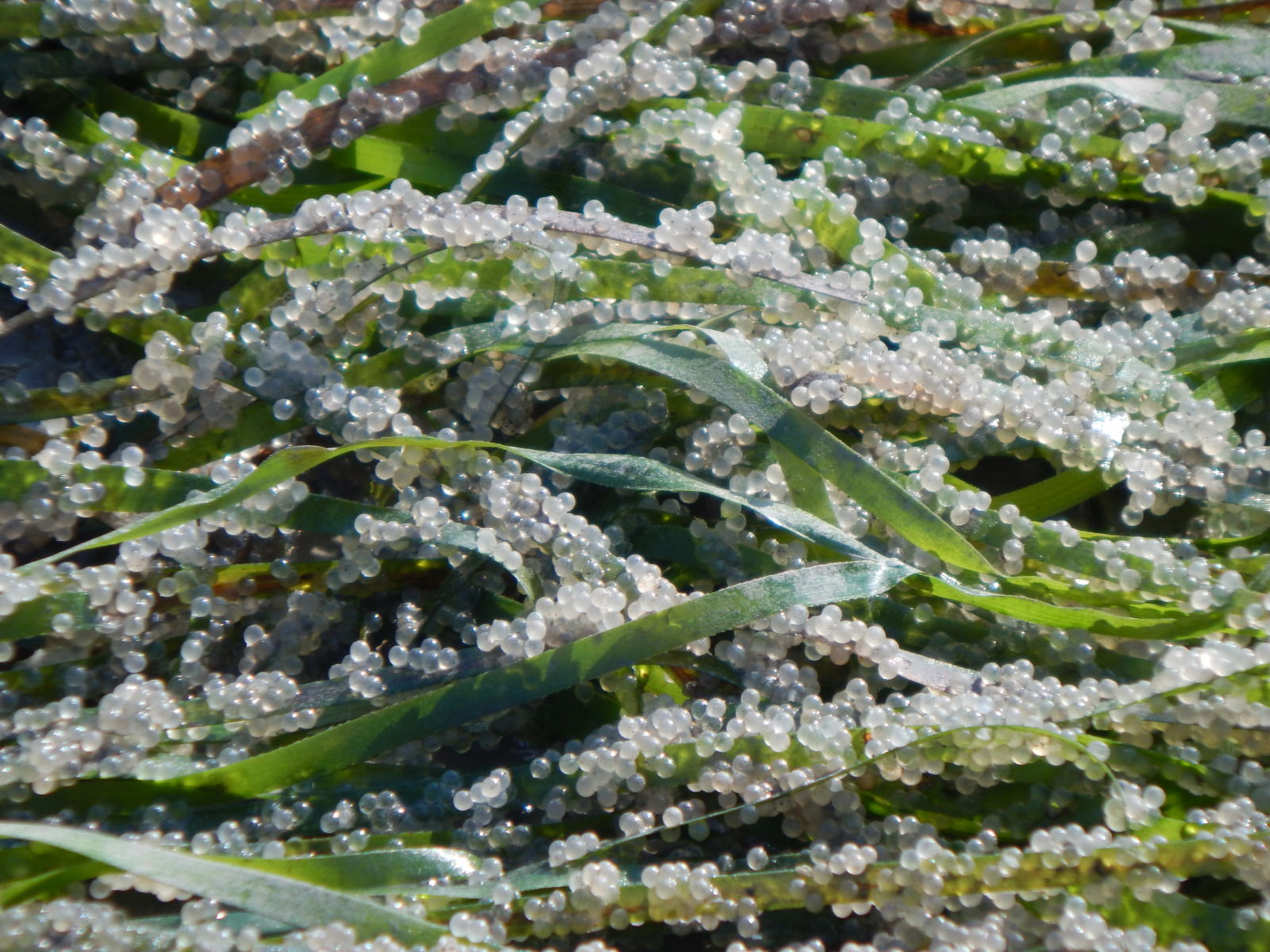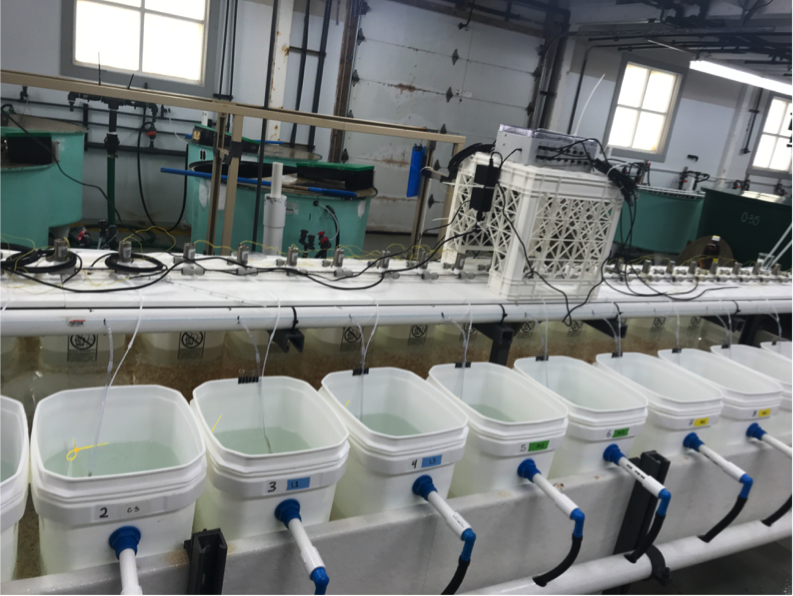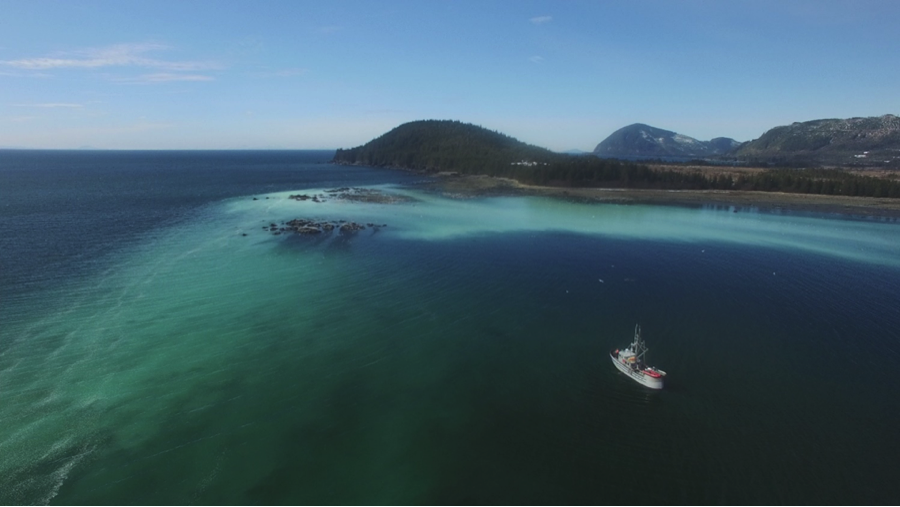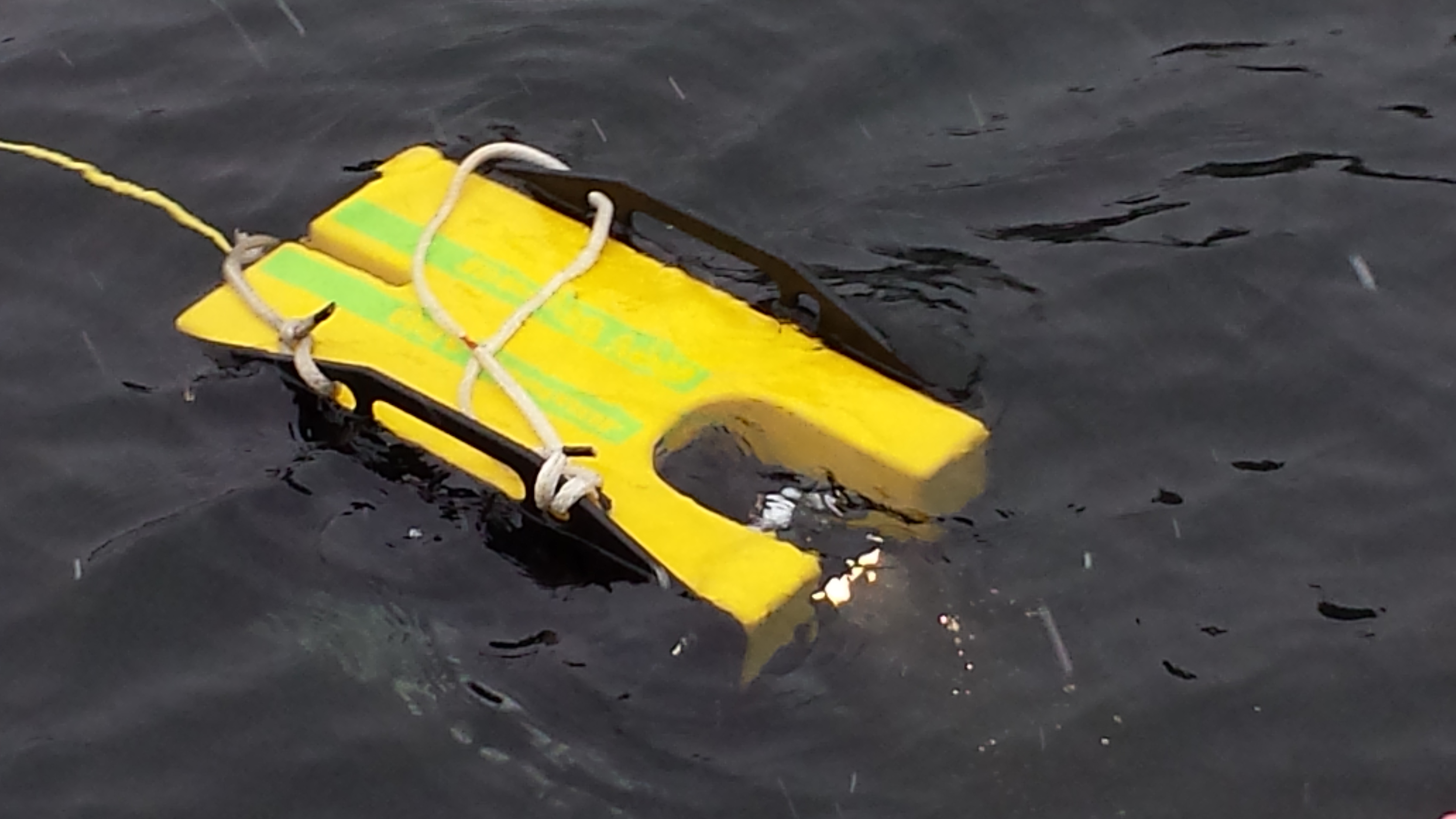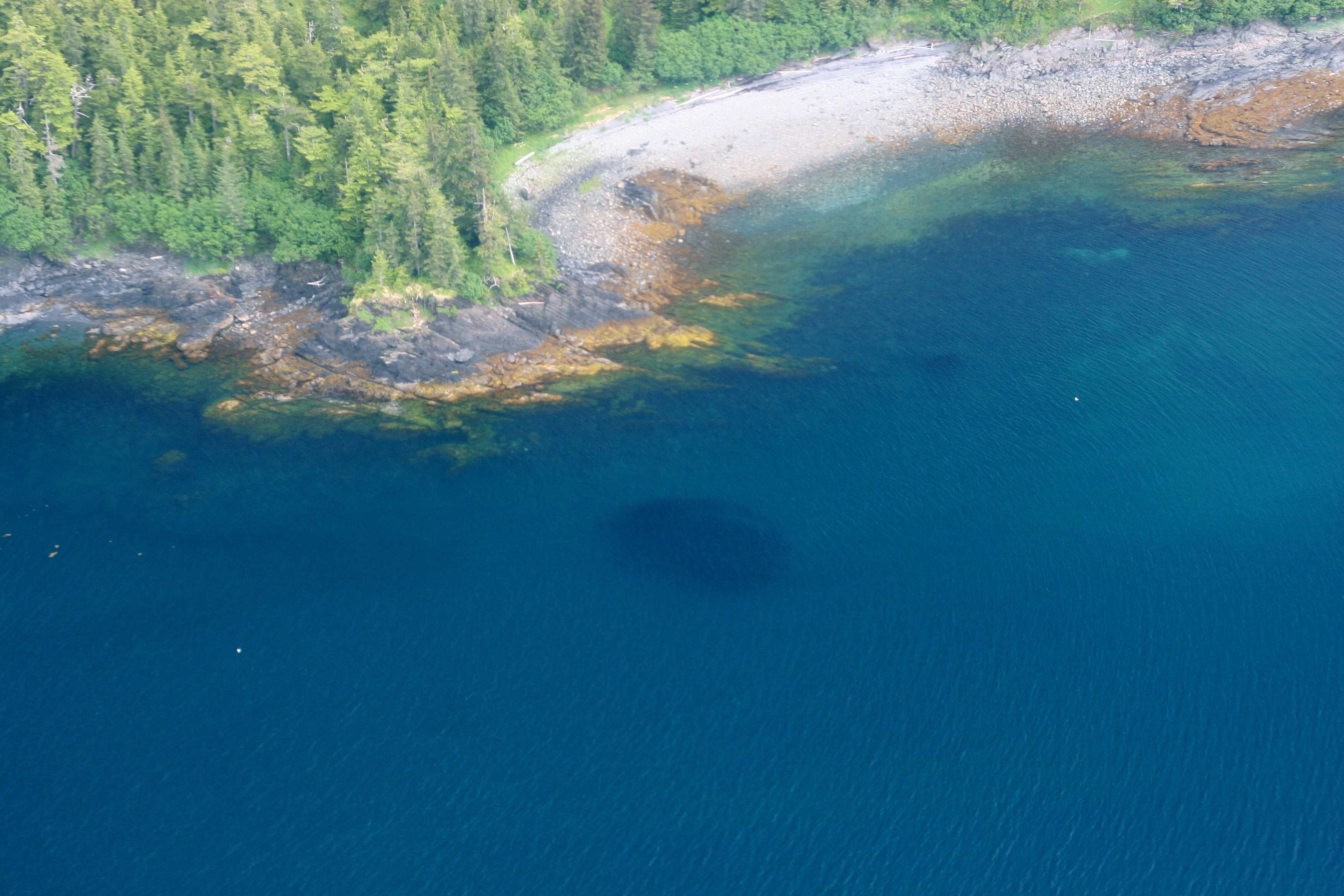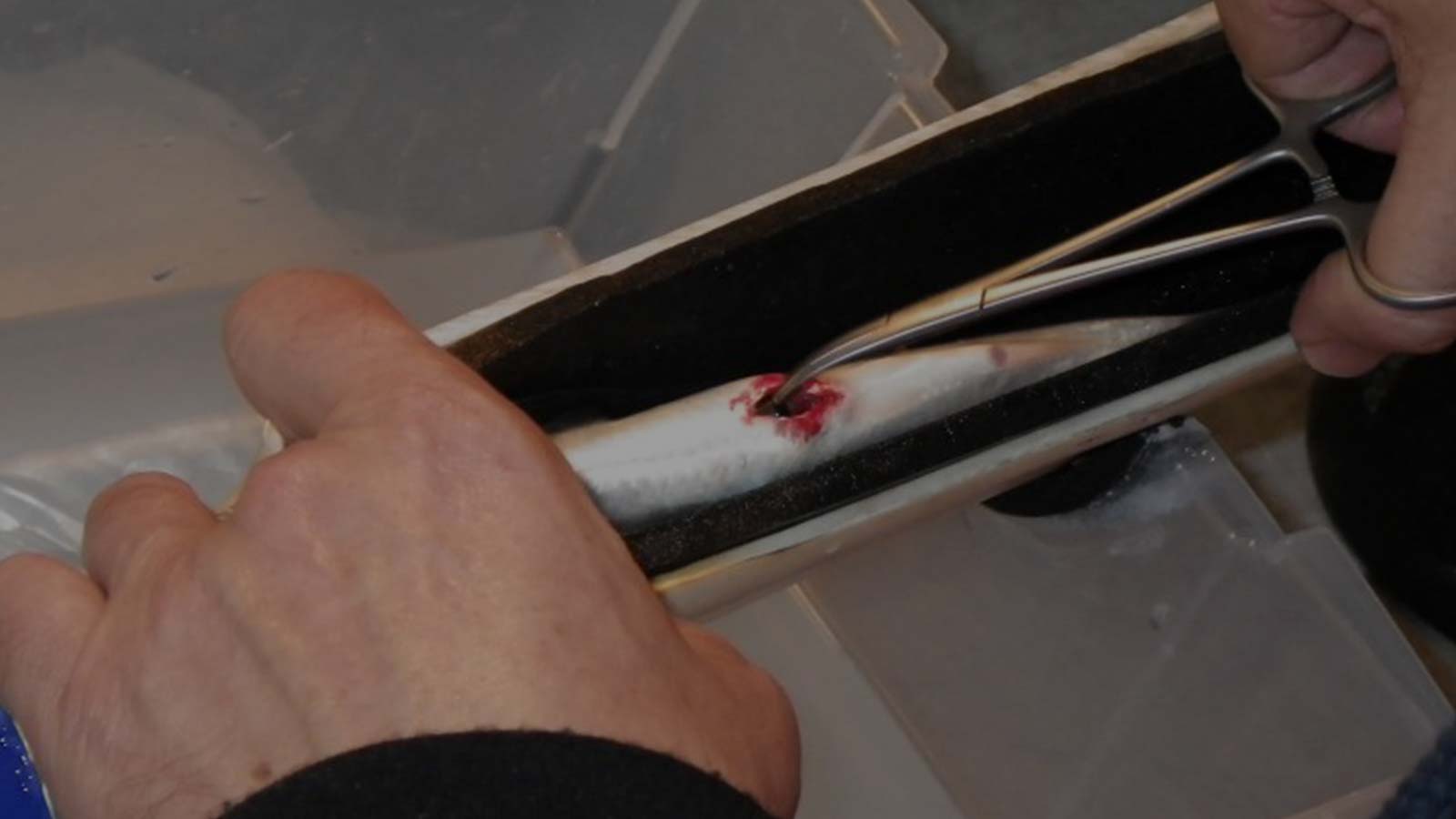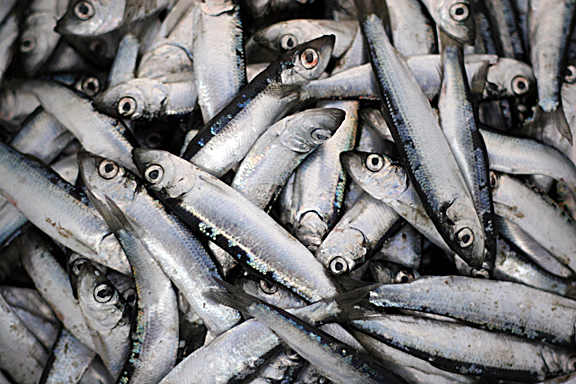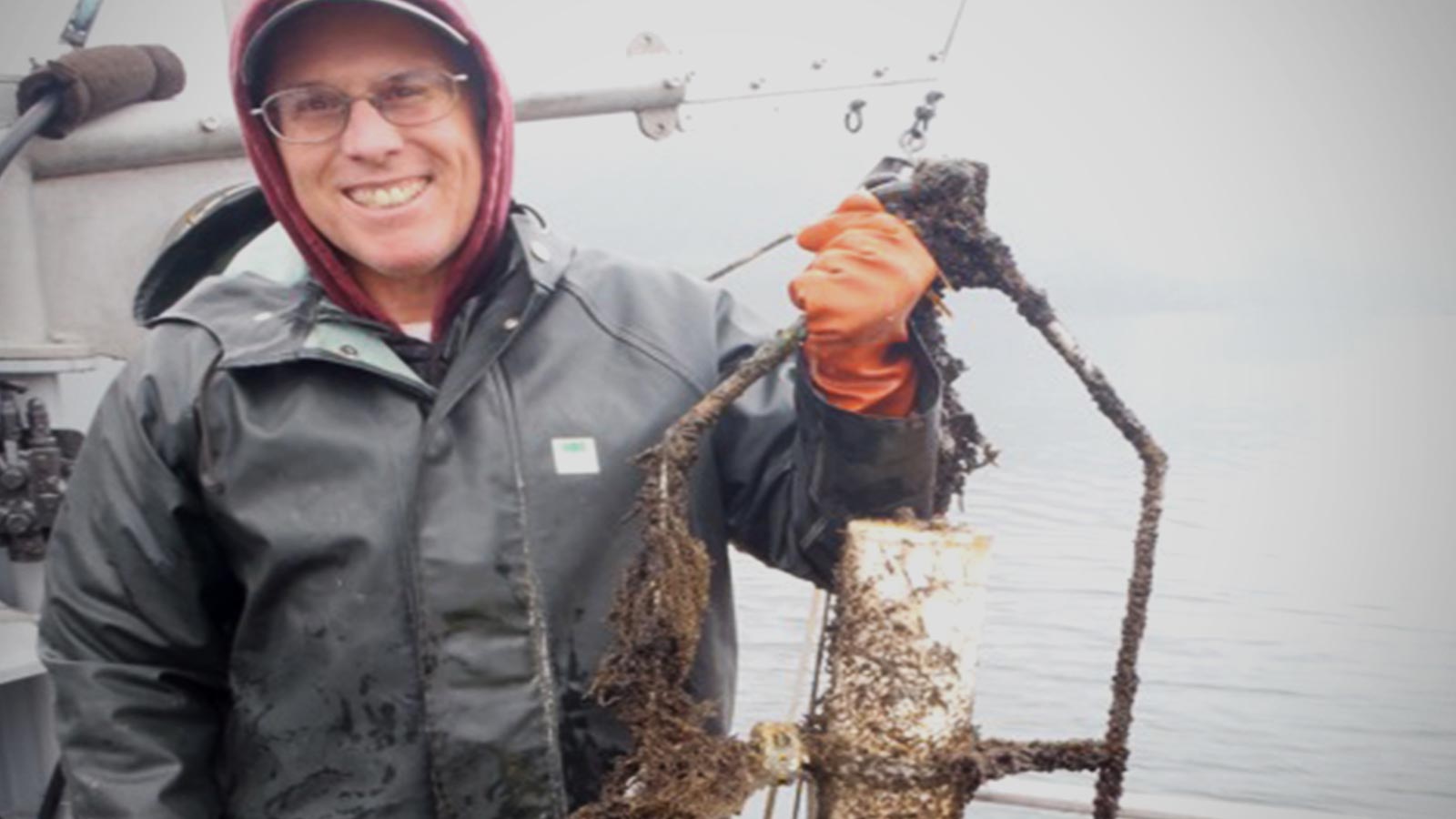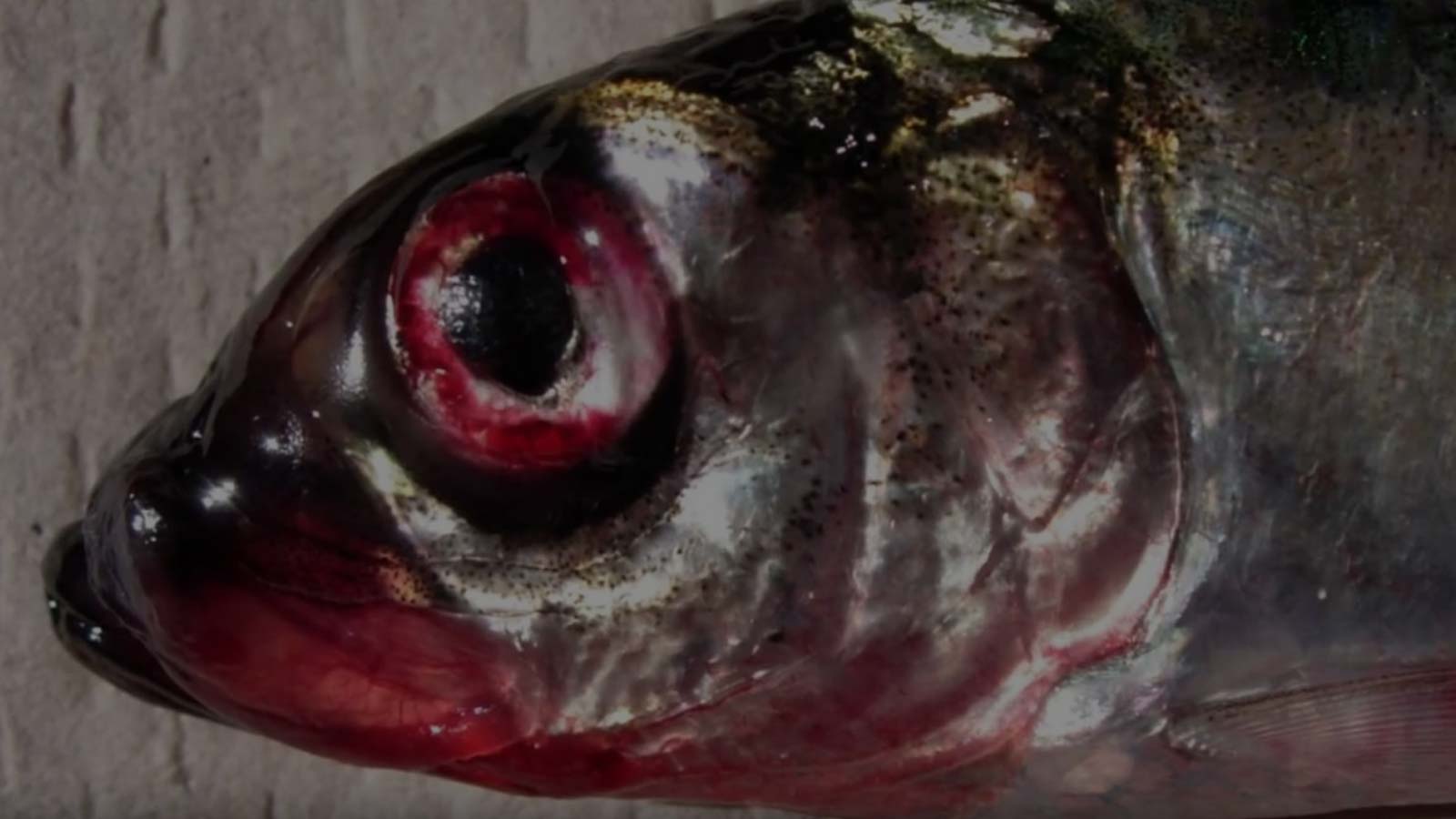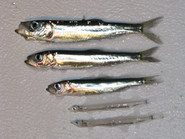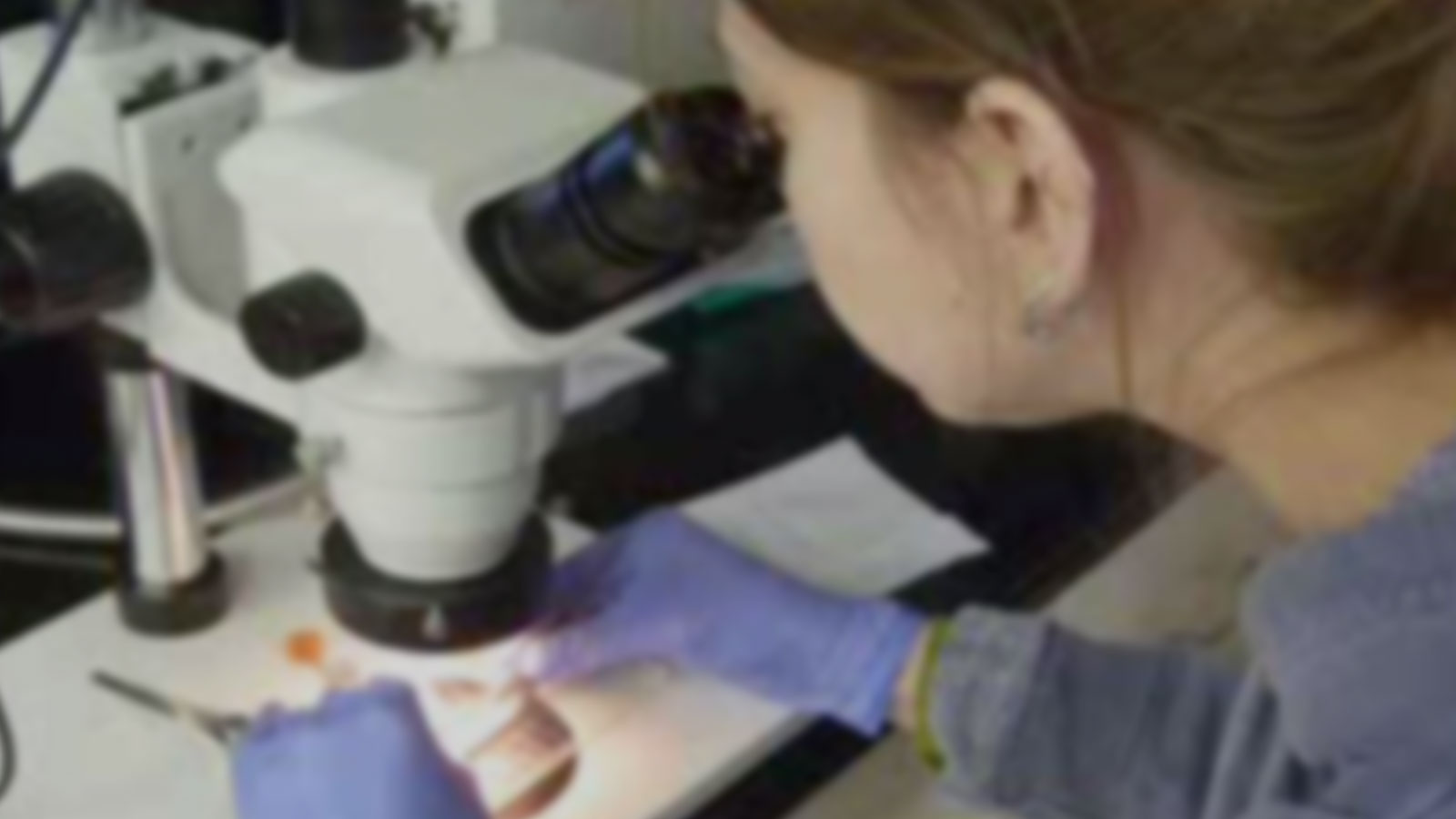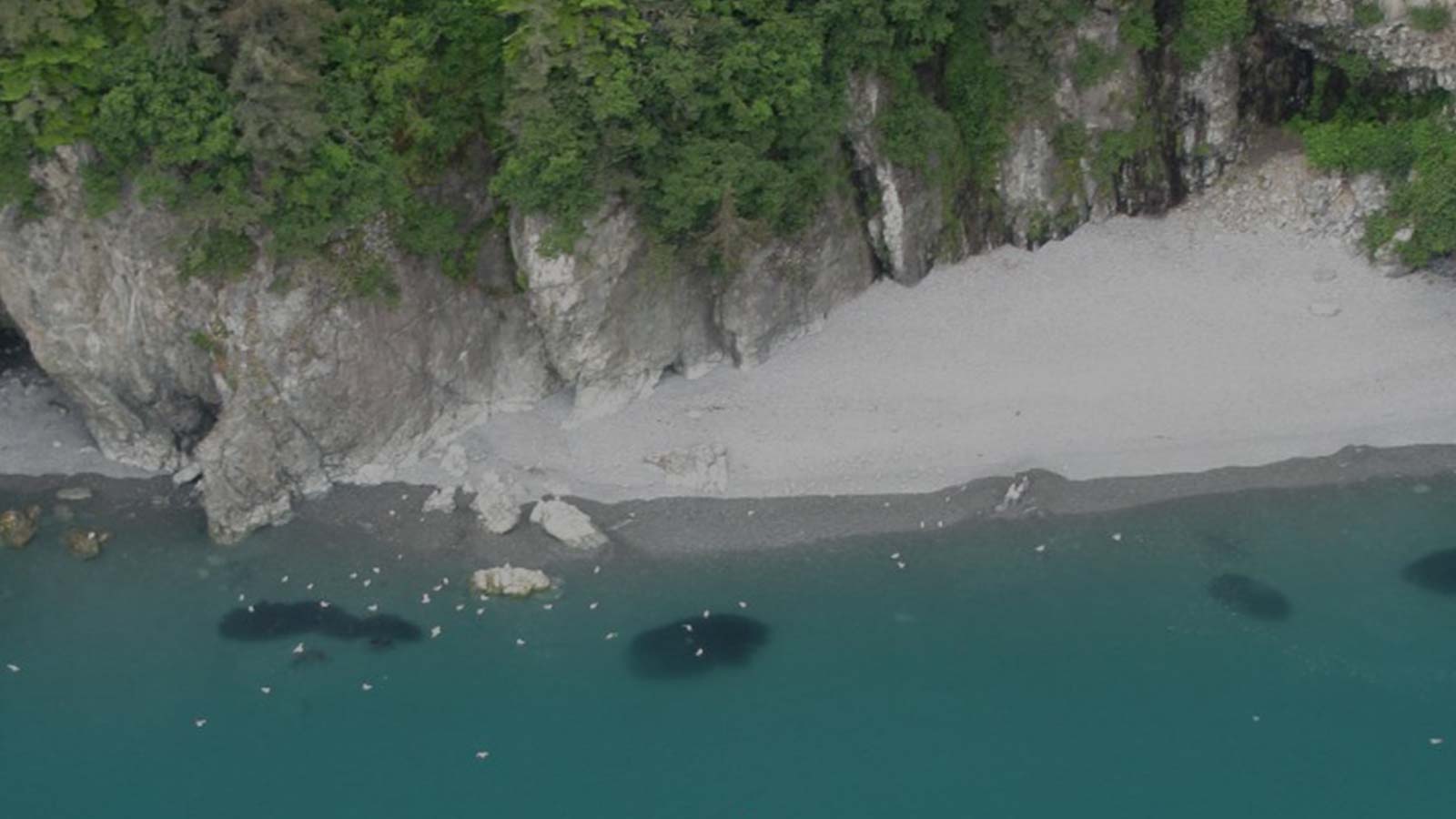
PROGRAM
Herring Research and Monitoring
Background
In the decades prior to 1993 there was a robust Pacific herring population in Prince William Sound (PWS). Not only are these forage fish a key link in the complex food web of PWS, but they supported a lucrative early-season commercial fishery that brought the communities of the Sound to life each spring. By 1994, that fishery was closed and only briefly reopened for two years in the late 1990s. The current biomass of approximately 20,000-tons, is quite small when compared to the peak value of 130,000 tons or the long-term average prior to the collapse of around 65,000 tons. While the reason for the decline remains debated, our focus is to understand what is preventing the herring population from recovering.
Environmental conditions, predation, and disease are just a few factors that make up the research being conducted to better understand the herring population dynamics. Studying these factors enables our team to improve our ability to predict and track changes in the herring population over time which is the goal of the program.
The current work is a continuation of several iterations of herring research funded by the Exxon Valdez Oil Spill Trustee Council (EVOSTC) over the last 30 years. The first integrated research program was the PWS Herring Survey that occurred between 2009 and 2013. Next followed the first and second phases of the Herring Research and Monitoring (HRM) program (2012-2021). And now, in the last phase of the work, the HRM program is a component within the Gulf Watch Alaska (GWA-LTRM) program that includes a suite of research being conducted in the region (2022-2027).
Program description
The HRM program is a mix of monitoring studies that provide data necessary to understand changes in the PWS herring population and process studies that address particular aspects of herring. The first phase of the program focused on the overwinter survival of young herring and addressing assumptions in the model and measurements. The second phase focused on adult herring and the connections between herring condition and recruitment and environmental conditions. The phase continues to monitor the population and examines interactions with salmon, pollock, and other groundfish.
What we are learning
Work from the previous programs included several syntheses. One in 2013 that focused on examining the factors influencing survival in the first year of life of herring and the second in 2014 that connects our knowledge of herring to environmental conditions. A special issue of Deep-Sea Research II in 2018 contains manuscripts from the various projects. And a third synthesis effort was made in 2019 that examines maturity, spawn timing, population movement and disease. More details about these reports can be found on the EVOSTC website.
Highlights from the 30 years of herring research include determining that the collapse of herring in PWS is unusual in how low the population dropped and the duration of the crash when compared to other herring populations around the world. We found that juvenile herring must reach a critical length before they convert their energy allocation from growth to fat storage needed to survive the winter. Checking scales of fish that reached spawning age showed the fish that reached spawning age had all reached that critical length. We learned that there are differences in diets and energy content among years and that the fish were in the best condition when more of their diet was from organisms outside PWS. The genetic structure of PWS herring was found to be like those populations to the east of PWS, but different from those to the west. Additionally, we learned that after spawning some herring are yearlong residents of PWS while others make use of the Southwest passages and Hinchinbrook entrance to over winter in the Gulf of Alaska.
The herring population had a further collapse starting in 2015 to a new record low level. New tools were developed for detecting antibodies for viral hemorrhagic septicemia (VHS), an extremely deadly disease for herring, that showed an increase in the presence of those antibodies in 2015 that may indicate a disease outbreak had occurred. In the spring of 2017, a large age-1 year class was observed during aerial surveys. This year class of fish has remained healthy and added substantially to population of herring in the Sound. A low level of antibody presence has been noted within this age class signaling that they have not been exposed to VHS. Last spring the biomass was estimated to be approximately 20,000 tons. Another large age-1 age class was observed in 2021 suggesting an additional boon to the spawning biomass could be in our near future.
We will continue to collect the measurements necessary to determine changes in the PWS herring population and examine the role disease plays in limiting the population. Additional effort is being spent examining how herring condition and recruitment could be affected by interactions with salmon, pollock, and other groundfish.
Data from this program is available on the Alaska Ocean Observing System Gulf of Alaska data portal. Once there search for the EVOS herring program.
DOWNLOAD PROJECT SUMMARY
PRINCIPAL INVESTIGATOR
Scott Pegau, Ph.D.PWS Science Center
wspegau@pwssc.org
RESEARCH PERIOD
2012-2017, 2017-2021, 2022-2027FUNDING
Exxon Valdez Oil Spill Trustee CouncilCOLLABORATORS
Trevor Branch, Ph.D.University of Washington
Jennifer Morella
ADFG
Paul Hershberger, Ph.D.
US Geological Survey
Kristen Gorman, Ph.D.
PWS Science Center
Pete Rand, Ph.D.
PWS Science Center
Andrew Whitehead, Ph.D.
University of California, Davis
Bia Dias
University of Alaska, Fairbanks
Wyatt Rhea-Fournier
ADFG
Ron Heintz, Ph.D.
NOAA
Rob Campbell, Ph.D.
PWS Science Center

